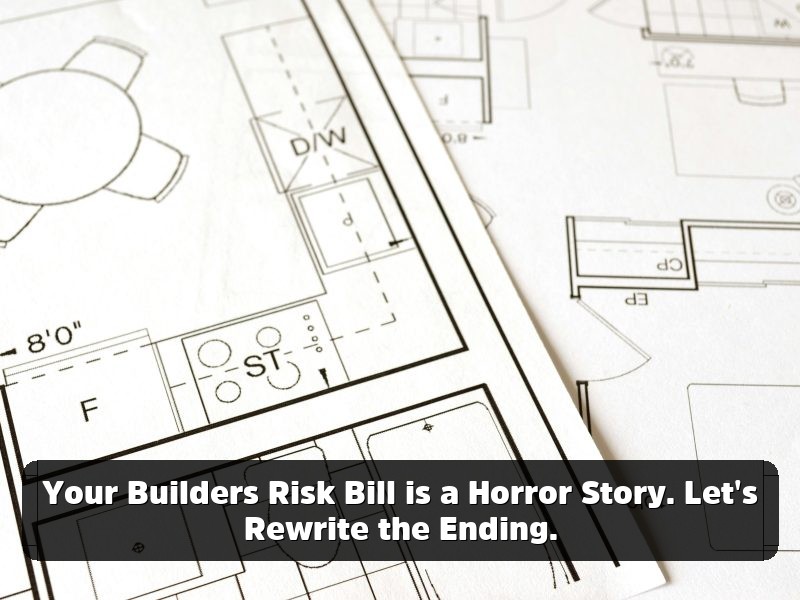Your Builders Risk Bill is a Horror Story. Let’s Rewrite the Ending.
You’ve run the numbers. You’ve budgeted for materials, labor, permits, and even that inevitable coffee budget for the crew. But then you get the quote for your builders risk insurance. Your jaw hits the floor. Is this a premium or the down payment on a small island? You’re not alone. This moment of sticker shock is where most construction projects, big and small, feel their first real tremor of financial risk.
But what if you could see it coming? What if you could walk into that conversation with an underwriter armed with more than just hope? That’s the power of a builders risk insurance cost calculator. It’s not a crystal ball, but it’s the next best thing—a tool that demystifies the variables and turns a terrifying unknown into a manageable line item. This isn’t about finding the cheapest policy. It’s about finding the right one and understanding exactly why it costs what it does. Let’s pull back the curtain.
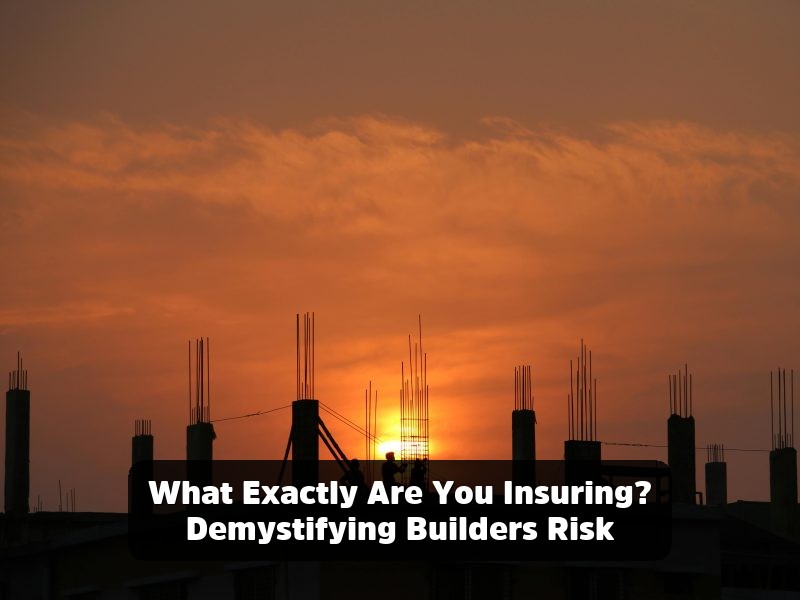
What Exactly Are You Insuring? Demystifying Builders Risk
Think of builders risk insurance (or “course of construction” insurance) as a protective bubble around your project from the moment the first shovel hits the dirt until the moment you hand over the keys. It’s temporary, it’s specific, and it is absolutely non-negotiable for anyone with skin in the game.
What’s Safely Inside the Bubble?
This policy is your first line of defense against the chaos of a construction site. It typically covers:
- The Structure Itself: The building as it goes up, from foundation to roof.
- Materials & Supplies: That stack of lumber, the pallets of bricks, the expensive windows sitting on-site—covered against theft, vandalism, or a sudden storm.
- Equipment & Machinery: While the contractor’s tools might be on their policy, equipment specific to the project’s installation (like a crane or a generator) is often included.
- Soft Costs: This is a big one. If a fire causes a six-month delay, soft cost coverage handles the additional interest on your construction loan, lost rental income, and even real estate taxes that continue to accrue. It’s insurance for the financial fallout of a delay.
What’s Definitely Outside the Bubble?
No policy covers everything. Standard exclusions are your red flags:
- Employee Theft: If a worker walks off with tools, that’s usually on the contractor’s policy.
- Faulty Workmanship: Insurance isn’t a warranty. If a subpar contractor botches the plumbing, fixing it is a cost you bear, not an insurance claim.
- Earth Movement & Flood: These are almost always excluded unless you specifically add them (and pay extra) for them. Earthquakes, sinkholes, and floods require separate endorsements.
- General Liability: If a visitor trips and breaks their arm, that’s a general liability claim, not a builders risk claim. They are different policies for different problems.

The Real Cost Drivers: What Makes Your Premium Tick?
Insurance companies aren’t just pulling numbers from a hat. Your premium is a calculated bet on how risky your project looks. Understanding these levers is the first step to pulling them in your favor.
1. Project Type: The Devil’s in the Details
Not all projects are created equal in the eyes of an insurer.
- New Construction: Moderate risk. It starts low and increases as more value is concentrated on the site.
- Remodeling/Renovation: Often the most expensive to insure. Why? You’re working with and around an existing structure. The risk of something going wrong—hitting a load-bearing wall, disturbing asbestos, causing a fire in an occupied area—is significantly higher.
- Installation Projects: (e.g., erecting a pre-fab structure). Typically the lowest cost. Shorter timeline, less complex, lower risk profile.
2. Location, Location, Location (and Weather, and Crime…)
This is arguably the single biggest factor. An insurer will literally map your site and assess every conceivable environmental threat.
- Wind & Hail Alley: Building in Kansas or Oklahoma? Premium up.
- Wildfire Zones: California, Colorado, Oregon. Premium way up.
- Coastal Exposure: Hurricane risk in Florida or the Gulf Coast? Premium up and up.
- Flood Plains: If your site is in a FEMA flood zone, you’re buying a separate policy.
- Crime Rates: A site in a high-theft area will cost more to insure than one in a low-crime suburb. Simple as that.
- Fire Hydrant Proximity: Seriously. How close is the nearest fire station and hydrant? A quicker response time means a lower risk of a total loss.
3. The Building’s DNA: Construction Type & Materials
What you build with matters immensely.
- Fire-Resistive Materials: Concrete, steel, and masonry are your friends. They resist fire and weather better, leading to lower premiums.
- Wood Frame: The classic. It’s also highly susceptible to fire and significant damage. Expect this to be the costlier option for the same square footage.
4. The Value & The Clock: How Much and How Long?
- Total Insured Value (TIV): This isn’t the market value or the sale price. It’s the hard cost to rebuild everything from the ground up—materials, labor, and everything in between. Underestimate this, and you’re underinsured. Overestimate, and you’re overpaying. Accuracy is everything.
- Construction Duration: A 6-month project is less risky than an 18-month project. It’s simple exposure. The longer the site is active, the more opportunity for something to go wrong. Always pad your timeline for delays when getting a quote.
5. The Fine Print: Deductibles & Optional Coverages
- Deductible: Your share of the pain. Opting for a higher deductible (e.g., $10,000 instead of $2,500) will lower your premium. But can you afford to write that check if something happens?
- Optional Endorsements: This is where you customize. Adding coverage for flood, earthquake, or soft costs will increase your premium but can save you from financial ruin.
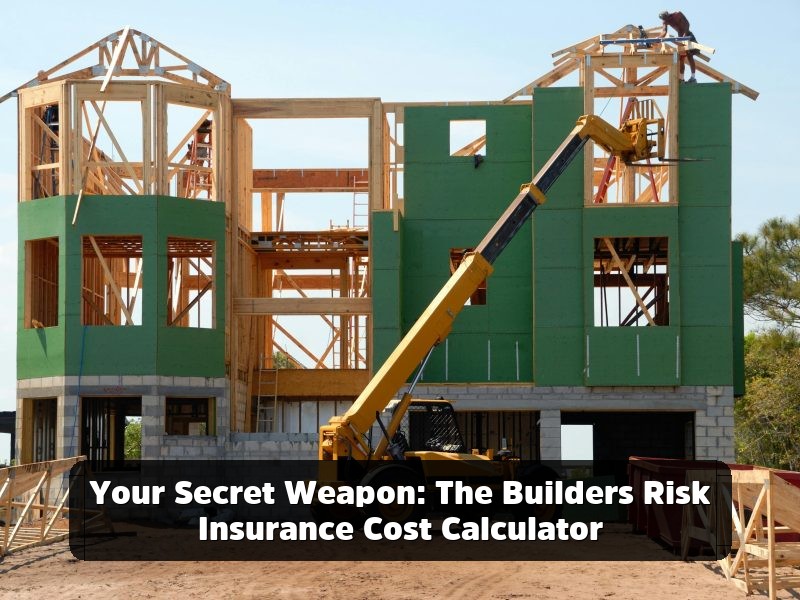
Your Secret Weapon: The Builders Risk Insurance Cost Calculator
This is where theory meets practice. A calculator isn’t a binding quote, but it’s an incredibly powerful estimation tool that prevents sticker shock and empowers you to budget intelligently.
How The Math Actually Works
While algorithms vary, most calculators use a core formula centered on your project’s value and duration.
A typical calculation looks like this:
Estimated Premium = (Total Project Value) x (Insurance Rate) x (Construction Time in Months / 12)
Let’s plug in some numbers:
- Project Value: $500,000
- Insurance Rate: 1.5% (0.015) – a common starting point for a moderate-risk project
- Duration: 8 months
Calculation: $500,000 x 0.015 x (8/12) = $500,000 x 0.015 x 0.666 = $5,000
See? That $5,000 figure isn’t so scary anymore. Now, that rate of 1.5% can fluctuate wildly based on all the factors we just discussed (location, materials, etc.), but it gives you a logical anchor point. A calculator simply automates this, asking you the right questions to refine that rate.
Step-by-Step: How to Use a Calculator Like a Pro
- Gather Your Intel: Have your project details ready: total construction cost, exact address, start/end dates, construction type (wood frame vs. masonry), and a list of any high-value materials or equipment.
- Find a Reputable Calculator: Many major carriers (like Zurich or Nationwide) and insurance brokers have them on their sites. Use one that looks detailed, not overly simplistic.
- Input with Brutal Honesty: This is no time for optimistic guesses. If you think it’ll take 8 months, put 10. If you’re in a hurricane zone, don’t pretend you’re not. Garbage in, garbage out.
- Play with the Levers: This is the most valuable part. Run the calculation again with a higher deductible. See how much adding earthquake coverage costs. This isn’t just about getting a number; it’s about understanding the financial impact of your risk decisions.
- Use it as a Benchmark, Not a Bible: Take this number and use it to start conversations with brokers. If their quotes are double your calculation, you can ask intelligent questions about why.
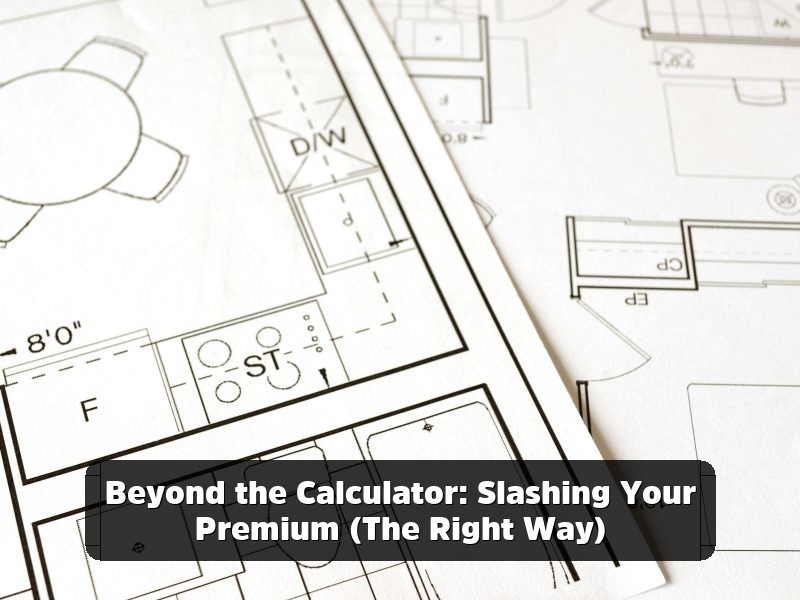
Beyond the Calculator: Slashing Your Premium (The Right Way)
Okay, you’ve got an estimate. Now, how do you make that number as small as possible without sacrificing critical coverage?
- Shop Around. Then Shop Around Some More. Insurance is fiercely competitive. Get quotes from at least three different carriers or brokers. Don’t just look at the price; compare the coverage terms line by line.
- Bundle Up: If you have other policies (like general liability or commercial auto) with one carrier, bundling your builders risk with them can unlock significant discounts.
- Be a Security Guru: Prove you’re a good risk. Installing security fencing, on-site lighting, and locked storage containers for tools and materials shows the insurer you’re serious about mitigating theft and vandalism. This can directly lower your premium.
- Choose Your Deductible Wisely: If you have the cash reserves to handle a larger out-of-pocket expense, opting for a higher deductible is the most straightforward way to reduce your annual premium.
- Hire Reputable Contractors: Insurers will look at the experience and safety record of your general contractor. A proven track record with few claims is like a gold star that can lead to better rates.
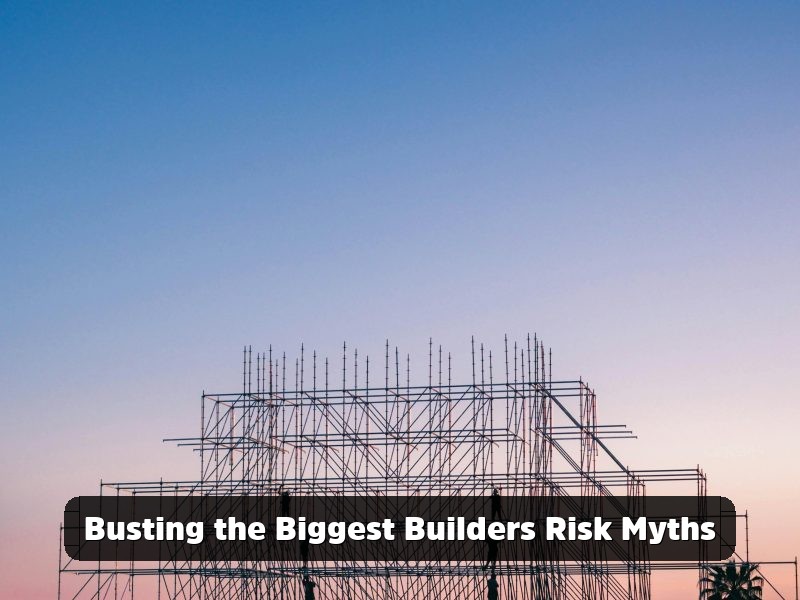
Busting the Biggest Builders Risk Myths
Let’s kill these misconceptions before they cost you money.
Myth 1: “My Contractor’s Insurance Has Me Covered.”
Maybe. Maybe not. Your contractor’s policy covers their liability and their tools. It rarely covers the structure itself, your materials, or soft costs. The contract should explicitly state who is responsible for purchasing builders risk. Never assume.
Myth 2: “It’s Too Expensive for My Small Renovation.”
Builders risk is scalable. A $50,000 kitchen remodel might only cost a few hundred dollars to insure. Is that not worth it to protect a $50,000 investment? The cost of being wrong is catastrophic.
Myth 3: “The Cheapest Quote is the Best Quote.”
This is a surefire way to disaster. A cheap policy is almost certainly riddled with exclusions, sublimits, and loopholes. You might be “insured” until you actually need to file a claim, only to find out your specific disaster isn’t covered. Value over price. Every time.
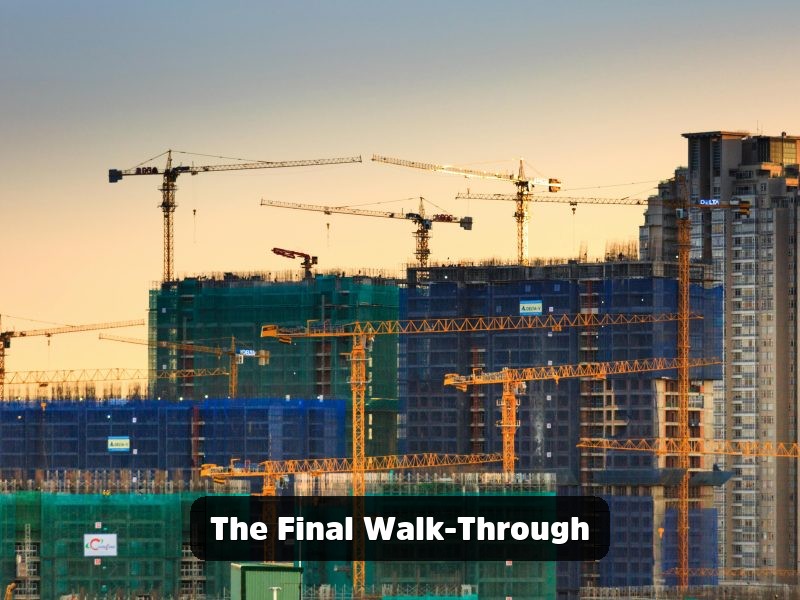
The Final Walk-Through
Navigating builders risk insurance isn’t about finding a magical, dirt-cheap policy. It’s about understanding. Understanding the risks, understanding the costs, and understanding how to align your coverage with the unique story of your project.
A builders risk insurance cost calculator is your first chapter in that story. It transforms an opaque, intimidating process into something you can control. It gives you the confidence to talk to brokers not as a supplicant, but as an informed partner. You stop asking “How much?” and start asking “Why?”
So before you break ground, break out a calculator. Run the numbers. See the levers. Rewrite that horror story into a tale of a project that was smart, protected, and built on a foundation of certainty.
What’s the one factor that surprised you the most about your insurance cost? Was it the location, the materials, or something else entirely? Share your story below—it might just help another builder crack the code.

